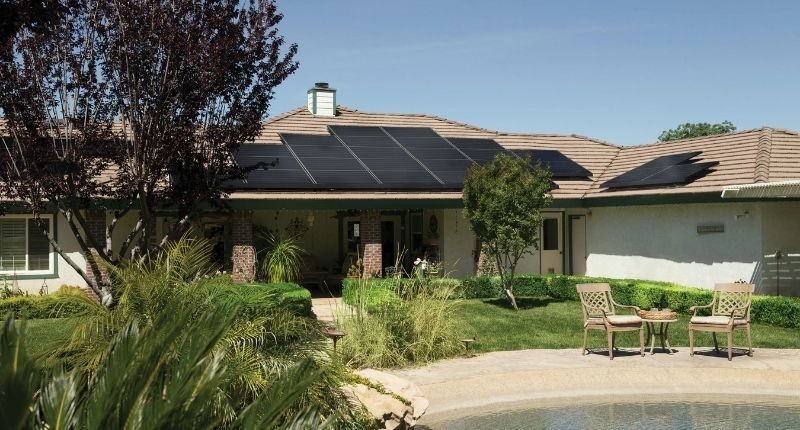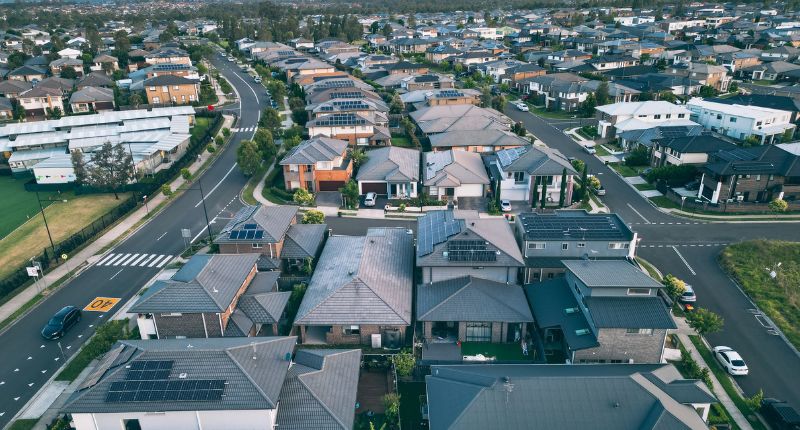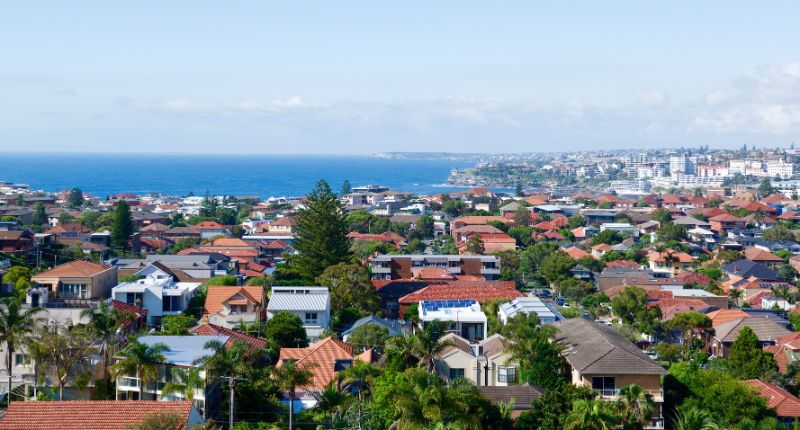- We all want to live in a low-emission, low-impact home - but we don’t always want to pay for it
- Six-star homes emerged in 2011
- Achieving seven stars will cost homes at least $16,000 each
In new home construction there has always been a fine balance between benefit and the cost impact on consumers.
One of the most challenging of these areas is that of sustainability. We all want to live in a low-emission, low-impact home, but we don’t always want to pay for it.
The shift from five-star home design to six-star in 2011 faced significant industry push back. The administrative work to re-design homes, re-negotiate supply agreements and ‘sell’ the benefits to consumers created a lot of friction between policy makers and industry.
This, combined with the increase in material and labour cost, which was directly passed onto consumers, to achieve the rating meant it took some time to be widely adopted.
Energy assessors will tell you that each increase in star rating is exponentially harder to achieve than the last. This is the argument industry lobbyists are putting to the Government now, as they steam roll their way towards seven-star ‘sustainability’.
But aside from a clever campaign slogan, what will the flow on effects of this policy look like?
Cost to the consumer
The actual hard costs of achieving seven-star will be, on average, $16,000 per home. With affordability more of an issue than ever for new home buyers, this additional cost will push some of them out of the new home market and keep them renting.
Payback will never happen for homeowners
While Sustainability Victoria offers no guide as to the reduction in consumer energy bills, even at an aggressive 20 per cent saving on running costs per annum, it will never return the investment of the initial capital outlay for the homeowner.
Impact on the environment
We can’t look at sustainable home design in isolation. Achieving seven-star outcomes require additional building materials, which need to be produced in factories that emit pollution, from raw materials that need to be sourced and refined.
These additional building materials need to be transported to site, which uses more fuel and creates more carbon emissions. It’s conservatively expected that the first-year roll out of seven-star construction will bring forward two years of emissions across the state.
So, is a more sustainable future unachievable? Absolutely not.
Atlassian’s founder Mike Cannon-Brookes’ recent attempt to take over Origin Energy had a noble ambition – to accelerate green energy production from one of Australia’s largest energy providers, the benefits of which would affect not only home owners, but corporations and industry as well for arguably a better sustainability outcome nationwide.
Daniel Senia is general manager of First Place Building Company








